The Arduino Uno R3, DFRobot DRI0017, and DFRobot DFR0502 all use .1” female sockets for IO connections.
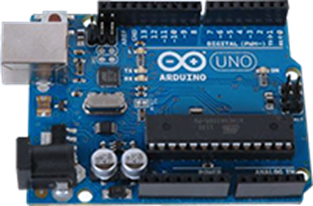
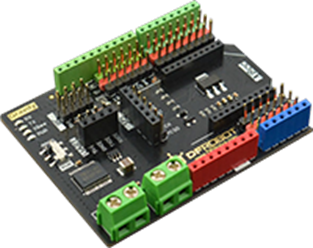
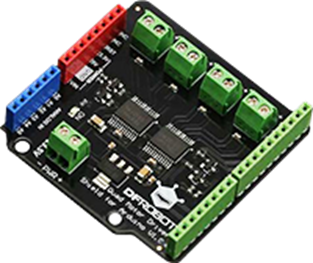
Prototype projects usually use stripped 24/26 AWG wires or pre made jumpers like these https://www.newark.com/adafruit/759/wire-gauge-28awg/dp/88W2571
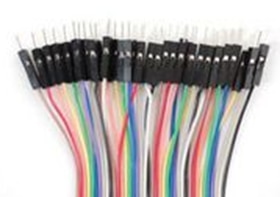
For the Pool Butler, there is no room above the DRI0017 headers for the premade jumpers.
Being a mobile project, the stripped wires and jumpers would pop out of the headers unless I used a bigger diameter wire and jammed it in the hole.
It is imperative to have robust IO connections.
As as I wrestled with the build, wiring would pop out of the headers unless I used a bigger diameter wire and jammed it in the hole.
The unique solution ?
My solution is to use male header pins, the ones used for Arduino Nano and Raspberry Pi Pico, wire wrap the desired wire size to the short side of the pin, then solder the wire wrap connection.
The solution is low profile, very robust, and the header pins will slide out of the Arduino/shield sockets if I really want them to.
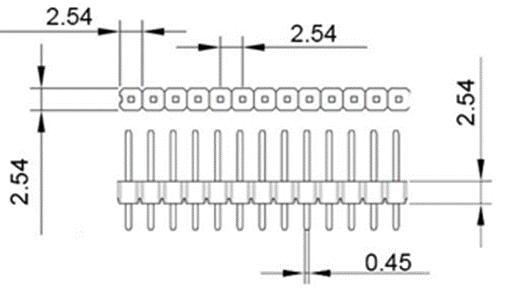
Wire Wrap
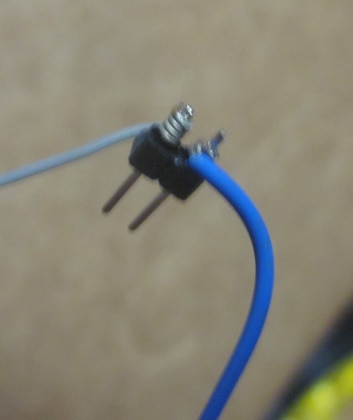
Test fit before solder
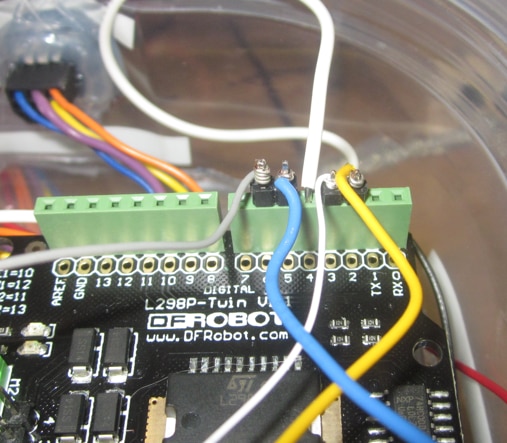
Solder the wire wrap
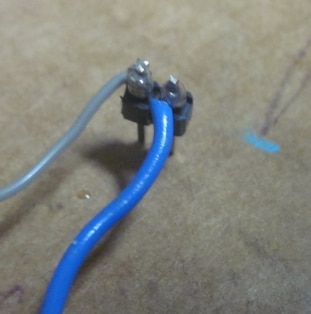
Soldered wire wrapped header pins inserted
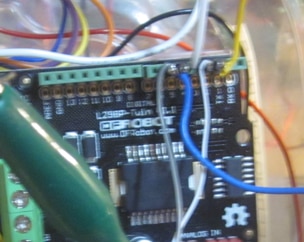
Videos of the process were made. The operation seems fairly straightforward, but if a video is desired, leave a request in the comments, and I'll add it.
